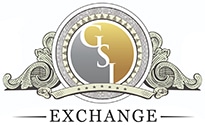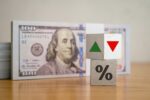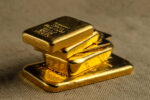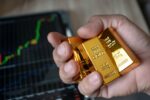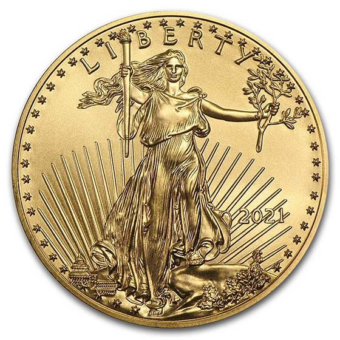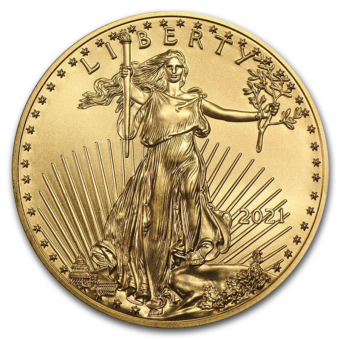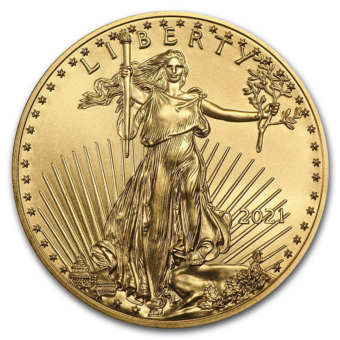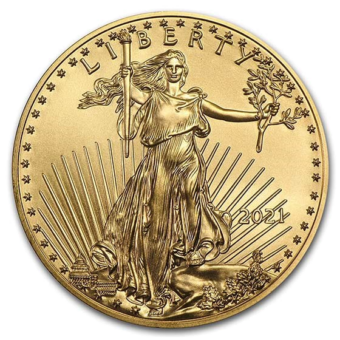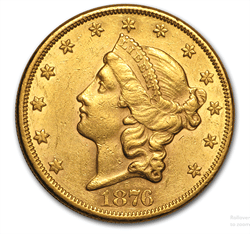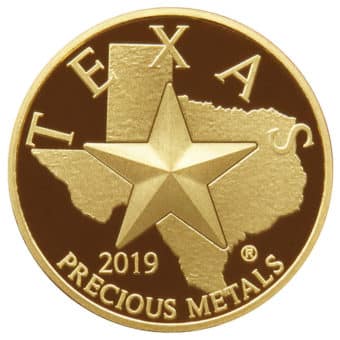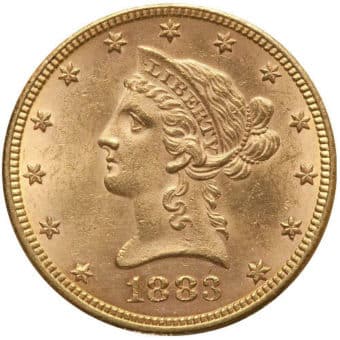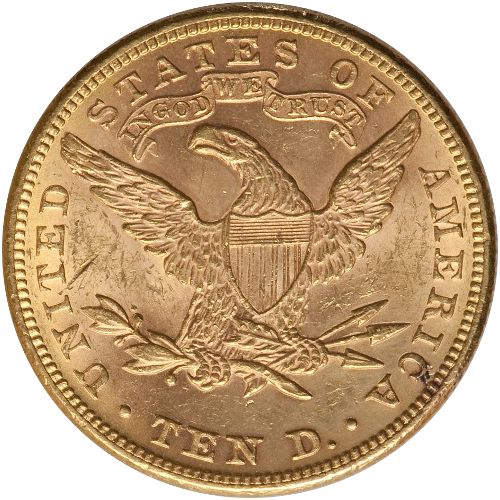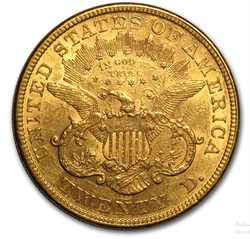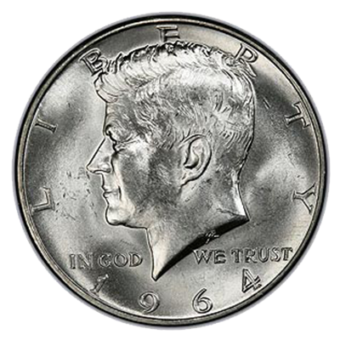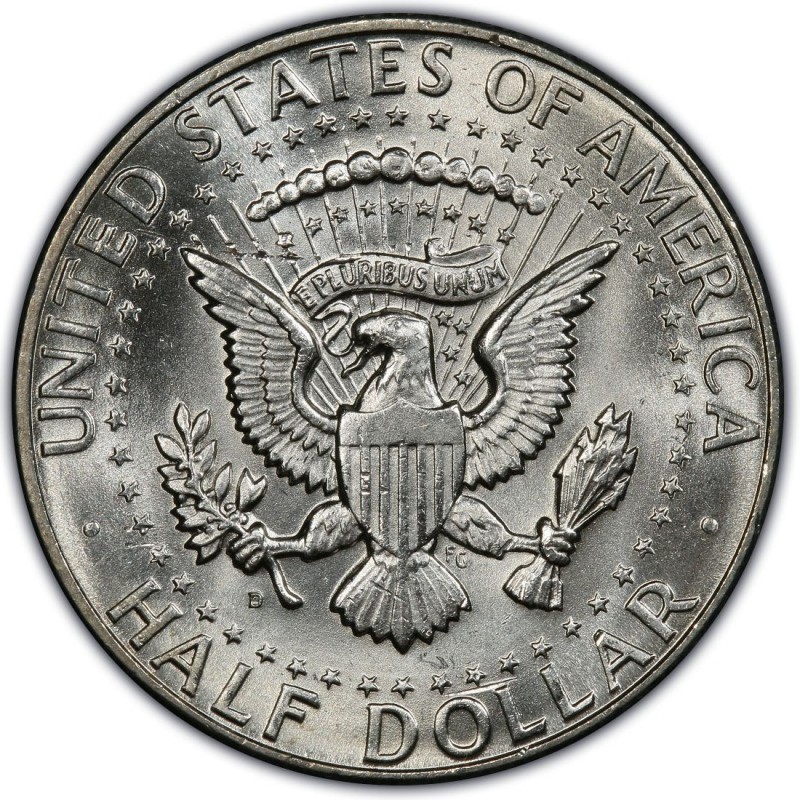A Daily Journey Through the Week's Market
Monday, 2.17.25: President’s Day - Markets Closed
Tuesday, 2.18.25: Gold and silver prices surged in midday U.S. trading Monday, with gold nearing record highs as April gold rose $48.70 to $2,949.30 and March silver gained $0.50 to $33.355. Safe-haven demand and technical buying are driving the rally amid continued global uncertainty surrounding the Trump administration’s disruptive policies, particularly on trade and tariffs. With markets on edge, precious metals are benefiting from increased investor caution at the start of the holiday-shortened trading week.
Wednesday, 2.19.25: Gold and silver prices dipped in midday U.S. trading Wednesday as April gold fell $1.60 to $2,947.80 and March silver dropped $0.278 to $33.10, with profit-taking and chart consolidation pressuring the market. However, safe-haven demand and bullish technicals are keeping a firm floor under prices. Speculation is growing that the U.S. may revalue its gold reserves from $42 an ounce to current market prices, potentially extending the debt ceiling timeline. Reports also suggest Elon Musk is calling for a Fort Knox gold audit, adding to gold’s appeal, as ETF inflows rise alongside retail investor interest. Markets are also awaiting the release of FOMC meeting minutes in the afternoon.
Thursday, 2.20.25:Gold and silver prices surged in midday U.S. trading Thursday, with gold nearing the $3,000 mark after hitting record highs overnight. Safe-haven demand and technical buying are driving the rally, with April gold up $21.10 at $2,956.90 and March silver rising $0.387 to $33.435. Heightened risk aversion, fueled by U.S. trade tariff threats, growing tensions with Europe, and escalating uncertainty over President Trump’s stance on the Russia-Ukraine war, is adding to market volatility.
Friday - 2.21.25: The Federal Reserve hints at a weakening fiat currency, while Trump’s policies suggest a shift toward gold-backed assets. Gold trades at $2,932.50, up 44.71% year-over-year, with silver steady at $32.89. Legislative efforts, including H.R. 2435 and H.R. 8279, aim to restore sound money, reinforcing Gold American Eagles as a key hedge. Meanwhile, the Fed’s transition to ISO 20022 could impact IRAs and 401(k)s, raising the urgency for retirement security.
How the U.S. Could Leverage Its Gold Reserves to Reshape the Economy
A growing stockpile of gold and renewed government focus on U.S. reserves are fueling speculation about a shift in monetary policy. Economist Thorsten Polleit argues that monetizing gold could provide economic stability, counter rising inflation, and mitigate the risks of a debt-driven financial system.
What’s happening
- The U.S. has seen a surge in physical gold inflows, with banks stockpiling gold and silver as a hedge against economic uncertainty.
- Treasury Secretary Scott Bessent has hinted at monetizing the U.S. balance sheet, which could include revaluing gold reserves.
- Calls for a gold audit at Fort Knox and the Federal Reserve are gaining political traction.
- Some policymakers are considering gold-backed bonds or even selling U.S. gold to weaken the dollar for trade advantages.
The big picture
With U.S. debt levels soaring, the Federal Reserve’s ability to inject liquidity without driving inflation higher is increasingly limited. A shift toward gold as a parallel currency could stabilize the economy by reducing reliance on fiat money. Polleit suggests that a free-market monetary system, where gold competes with the dollar, could force the Fed to adopt sounder policies. If the government revalues its gold reserves to market prices, it could unlock nearly $800 billion in additional assets.
Market reaction
Gold remains in a long-term bull market, hitting record highs against all major currencies. While short-term volatility is expected, institutional and central bank demand continues to grow. A major policy shift, such as gold revaluation or a move toward hard currency, could further elevate gold prices and reshape global financial markets.
Gold Drops as Fed Minutes Signal Fewer Rate Cuts Than Expected
Gold prices fell after the Federal Reserve’s January meeting minutes reinforced a hawkish stance, highlighting a disconnect between market expectations and the Fed’s rate outlook. Investors had anticipated multiple rate cuts in 2025, but the Fed signaled a more cautious approach, dampening sentiment for gold, which thrives in lower-rate environments.
What’s happening
- The Fed held interest rates steady at its first 2025 meeting and downplayed the likelihood of aggressive cuts.
- Officials noted that market expectations had priced in a single quarter-point cut for 2025—far fewer than the four cuts forecasted as recently as September.
- The Fed acknowledged inflation progress but stressed the need for more evidence before easing policy further.
The big picture
Despite some signs of easing inflation, Fed officials remain cautious. They emphasized that monetary policy will depend on future economic data rather than follow a preset course. The committee views the current policy stance as restrictive enough to slow inflation, and members want to see more sustained disinflation before committing to rate cuts. With the labor market still strong, the Fed sees little urgency to pivot toward easing.
Market reaction
Gold prices declined following the release of the minutes, sliding into negative territory before 11 a.m. ET. Spot gold last traded at $2,927.08 per ounce, down 0.28% on the day. The Fed’s hawkish tone suggests continued pressure on gold if expectations for rate cuts continue to be revised downward.
Jim Rickards’ 'Currency Wars' Predictions Are Playing Out
Jim Rickards’ 2011 book Currency Wars warned that a crisis of confidence in the U.S. dollar was inevitable. While the dollar has remained strong against other paper currencies, it has lost significant value against gold, reinforcing his long-term thesis.
What’s happening
- The dollar has depreciated 62% against gold since 2015, reframing gold as the true measure of value.
- Russia and China are increasingly stockpiling gold to hedge against geopolitical risks and reduce dependence on the dollar.
- Currency devaluations, trade disputes, and financial sanctions are accelerating the move away from paper money.
The big picture
History shows that when trust in fiat currencies erodes, gold re-emerges as a primary monetary asset. The collapse of the gold standard in 1971 led to inflation and recurring financial crises, reinforcing the argument for gold as a hedge. With the BRICS nations exploring gold-backed trade settlement systems, the dollar's dominance faces mounting pressure.
Market reaction
Gold’s role as a strategic financial asset continues to strengthen. Investors seeking protection against currency instability are turning to gold as a hedge. If geopolitical tensions escalate or inflation persists, gold could become an even more critical component of global monetary reserves.
Trump Orders Fort Knox Gold Audit, Fueling Revaluation Speculation
President Donald Trump has ordered a full audit of the U.S. gold reserves at Fort Knox, raising fresh questions about the country’s gold holdings and the potential for a monetary shift. Market analyst Peter Grandich sees the move as a step toward a long-awaited gold revaluation, which could unlock nearly $1 trillion in financial value for the U.S. government.
What’s happening
- Since November 2024, the U.S. has received over 12.5 million ounces of gold, creating global supply tightness.
- Major financial institutions, including JPMorgan, are delivering $4 billion worth of gold into COMEX vaults.
- China’s banks are reportedly running out of physical gold due to overwhelming demand.
- The U.S. still values its gold at $42.22 per ounce, unchanged since 1973, far below market prices nearing $3,000 per ounce.
The big picture
The gold audit comes at a time of accelerating global de-dollarization and rising central bank demand for gold. Nations like China and Russia have been aggressively increasing their reserves, with speculation that China could introduce a gold-backed currency. If the U.S. is quietly repatriating gold or preparing for a revaluation, it could signal a shift toward using gold as a strategic financial asset to counterbalance global monetary realignments.
Market reaction
Gold prices have surged to all-time highs, trading just below $3,000 per ounce as physical demand overtakes paper market influences. A full revaluation of U.S. gold holdings would be a seismic event, further strengthening gold’s role in the global monetary system. If the Fort Knox audit reveals a shortfall, confidence in U.S. financial stability could be severely shaken, triggering market chaos on a scale worse than the 1929 crash.
Next Week’s Key Events
Economic Calendar: January 20–24
Monday, Feb. 24
- No reports scheduled
Tuesday, Feb. 25
- 3:20 AM ET – Dallas Fed President Lorie Logan speaks in London
- 9:00 AM ET – S&P Case-Shiller Home Price Index (Dec.)
- 10:00 AM ET – Consumer Confidence (Feb.)
Wednesday, Feb. 26
- 10:00 AM ET – New Home Sales (Jan.)
Thursday, Feb. 27
- 8:30 AM ET – Initial Jobless Claims (Feb. 22)
- 8:30 AM ET – GDP (Second Revision) (Q4)
- 10:00 AM ET – Pending Home Sales (Jan.)
- 1:15 PM ET – Cleveland Fed President Beth Hammack speaks
Friday, Feb. 28
- 8:30 AM ET – PCE Index (Jan.)
- 10:00 AM ET – Existing Home Sales (Jan.)
- 10:00 AM ET – Consumer Sentiment (Final) (Feb.)
- 10:15 AM ET – Chicago Fed President Austan Goolsbee speaks
IMPACT ON PRECIOUS METALS MARKETS
S&P Case-Shiller Home Price Index
This index measures changes in home prices, providing insight into the strength of the housing market. A strong report suggests economic stability, which can reduce demand for gold and silver as safe-haven assets. Conversely, a weak report may increase interest in precious metals as investors look to hedge against economic uncertainty.
Consumer Confidence
Consumer confidence reflects sentiment about the economy and spending expectations. Higher confidence levels indicate economic strength, which may lower gold and silver prices as investors see less need for safe-haven assets. On the other hand, weaker confidence can drive demand for precious metals, as economic concerns grow and risk aversion increases.
New Home Sales
New home sales provide a snapshot of real estate market health and overall economic conditions. Strong sales numbers suggest a robust economy, often putting downward pressure on gold and silver prices. However, weak sales may boost demand for these metals as investors seek protection from a potential economic slowdown.
Initial Jobless Claims
This report tracks the number of people filing for unemployment benefits, serving as a key labor market indicator. A higher-than-expected number of claims signals labor market weakness, which can push gold and silver prices higher as investors worry about economic instability. Conversely, lower claims suggest a strong labor market, reducing demand for safe-haven assets and potentially weighing on precious metals.
GDP (Second Revision)
The GDP report provides a comprehensive measure of economic growth. A stronger-than-expected revision reinforces confidence in the economy, often putting pressure on gold and silver prices as investors shift toward riskier assets. In contrast, a weaker-than-expected revision raises concerns about slowing growth, increasing demand for precious metals as a hedge against potential downturns.
Pending Home Sales
Pending home sales track contracts signed for home purchases and act as a leading indicator of housing market strength. A strong report suggests a stable economy, which may lower demand for gold and silver. If pending home sales decline, however, it could signal economic weakness and drive investors toward safe-haven assets like precious metals.
PCE Index (Personal Consumption Expenditures Price Index)
As the Federal Reserve’s preferred inflation gauge, the PCE index plays a crucial role in monetary policy decisions. Higher-than-expected inflation tends to support gold and silver prices, as investors seek protection against currency devaluation. On the other hand, lower inflation readings reduce the appeal of precious metals by signaling a more stable economic environment with less need for inflation hedges.
Existing Home Sales
This report measures completed home transactions, providing insights into housing market activity. Strong existing home sales suggest economic resilience, which can decrease demand for gold and silver. However, if sales fall short of expectations, investors may turn to precious metals as a safeguard against potential economic downturns.
Consumer Sentiment (Final)
Consumer sentiment gauges public outlook on the economy and future financial conditions. A high reading signals optimism, which can weigh on gold and silver prices by reinforcing confidence in the broader economy. A weaker reading, however, suggests growing economic concerns, increasing demand for safe-haven assets.
Federal Reserve Speeches (Logan, Hammack, Goolsbee)
Comments from Federal Reserve officials can significantly impact gold and silver markets, especially if they provide insights into future monetary policy. Hawkish remarks, which signal a tightening stance with higher interest rates, tend to pressure gold and silver prices by strengthening the dollar and increasing the opportunity cost of holding non-yielding assets. On the other hand, dovish comments, which suggest looser monetary policy or concerns about economic risks, can support precious metals by increasing their appeal as safe-haven investments.
